Following heavy rainfall, grazing conditions have quickly deteriorated in several parts of the country.
For some this will mean having to rehouse cattle.
Having to rehouse cattle should be viewed as being part and parcel of good grassland management. Early housing will prevent, or limit, any sward damage from occurring.
Rehousing
However, rehousing can create some management problems. For example, housing later spring-calving herds in the middle of the breeding season can hit conception rates.
Suckler farmers who sell store cattle in autumn can see liveweight gain stall due to the change in diet, while spring born calves are at risk of respiratory problems.
Here are 10 steps to helping you manage cattle and grazing land during periods of heavy rainfall.
1. Work in smaller paddocks
Reducing the size of the grazing area may seem like the last thing you want to do when ground conditions become increasingly wet.
But when ground becomes too wet for grazing, cattle will cause damage regardless of the size of the field.
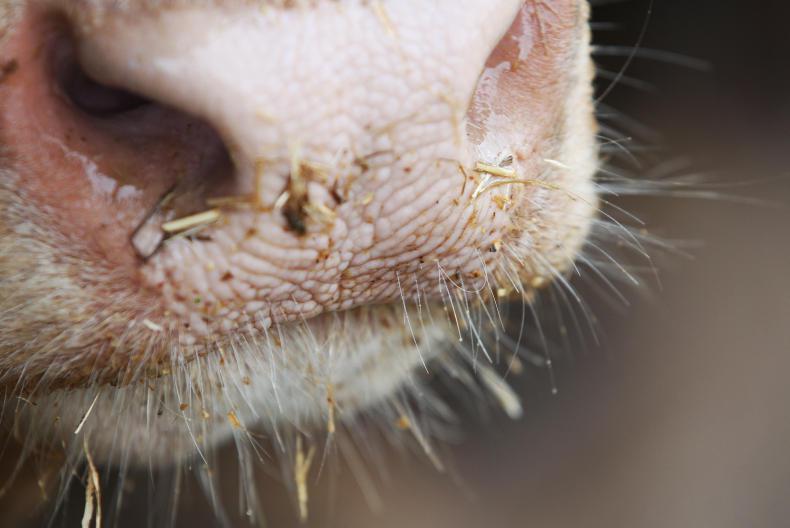
During a wet spell, cattle become unsettled and tend to walk more. Therefore, it is better to restrict the potential damage to a smaller area that can be easily repaired compared to a larger field where poaching is widespread.
For instance, if a 10ac field is divided into five smaller two-acre paddocks, during a prolonged wet spell, cattle will only have damaged one or two paddocks before you decide to rehouse them.
This means only 20% to 40% of the field may need to be repaired.
In contrast, if cattle were allowed to roam the entire 10ac field, the damage would be widespread with potentially 50% to 100% of the field needing repair.
2. Speed up grazing rotation
Rather than holding cattle in paddocks until cleaned out, move them on to the next paddock earlier.
Do not be tempted to graze out fully during wet conditions as cattle will become more unsettled if they are running short of grass.
Paddocks can be cleaned out in the next rotation. Ideally, move cattle every day or every second day, if possible.
3 . Use strip grazing
If paddock grazing is not an option, use electric wire to strip-graze.
Cattle are always more settled when they have access to fresh grass.
Make sure you give cattle a big enough grass allocation between moves so that they do not run out of forage.
4 . Twice-per-day strip grazing
Taking it to the next step is to put cattle on to a 12-hour grazing allocation in order to keep them full and settled. Move the wire in the morning and evening.
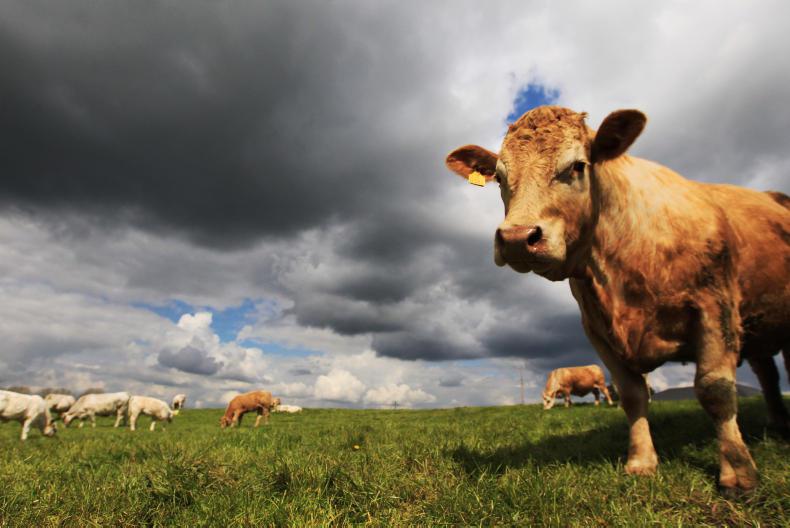
It is more time-consuming, but by walking the ground twice per day, you will be better placed to make the call on whether to house animals or leave them at grass.
Water provision is less important during wet weather, especially for non-lactating animals.
5. Protect grazed areas
It is important that you protect grazed areas from being poached.
If you are not grazing in a rotational paddock system, use an electric wire as a back fence to keep cattle off grazed areas.
Do not be afraid to skip a damaged paddock in the next rotation if ground has not dried out properly.
6. Offer meals
Feeding meals will help to reduce grazing demand. Offer cattle meal in a trough that can be moved each day, or on top of clean grass or along the face of the electric wire.
Feeding meals in a trough that is in a fixed position will increase poaching as cattle will tend to congregate around it.
7 . Make use of hardcore areas
Where grazing ground has access to hardcore areas such as laneways or handling pens, you should make use of them.
Cattle will tend to graze for a period of three hours from a fasted state.
Standing cattle on laneways or in handling pens will reduce sward damage.
You can offer silage or meals on these hardcore areas to ease grazing pressure and keep animals settled.
8 . House bulls
Autumn born bulls should be first to be housed as leaving them at grass will do little for liveweight gain. In fact, it will increase aggression levels as bulls become unsettled.
If ground conditions are slow to improve, next to be housed should be forward store cattle that are to be finished in late autumn or winter.
9. Supplement lactating cows rather than upset spring-calving cows in the middle of the breeding season, it would be better to house dry autumn calving cows first.
Where spring-calving cows have to be housed, and are still in the breeding season, make sure you supplement them with 2kg to 3kg of concentrate, and good-quality silage bales.
Ideally, they should be housed with access to a solid concrete, rubber or straw floor to allow stock bulls to serve cows.
10. Monitor calf health
Where young cattle have been rehoused there is major health risk, so be vigilant.
Make sure there is plenty of fresh air moving through sheds as day time temperatures are still relatively high.
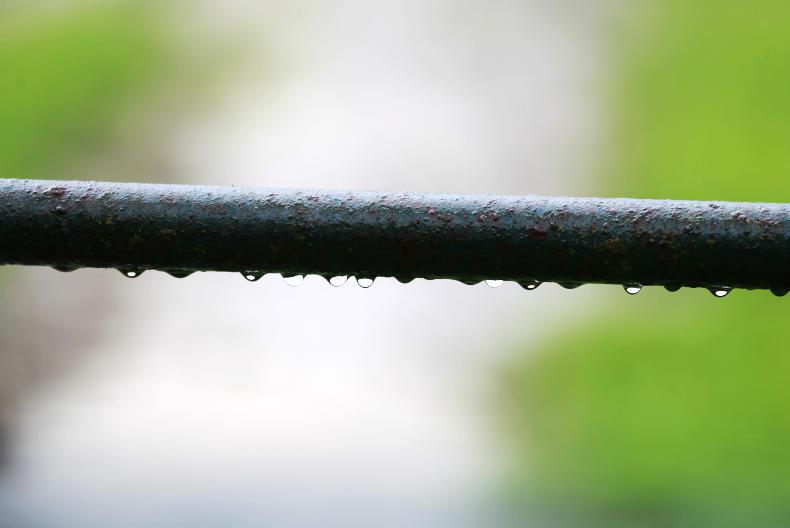
Stale, warm air will increase the risk of pneumonia.
Keep stocking density as low as possible by spreading cattle out across all housing.
Offer young cattle 1kg to 2kg of meal every day they are housed. This will help identify any animals with health problems.








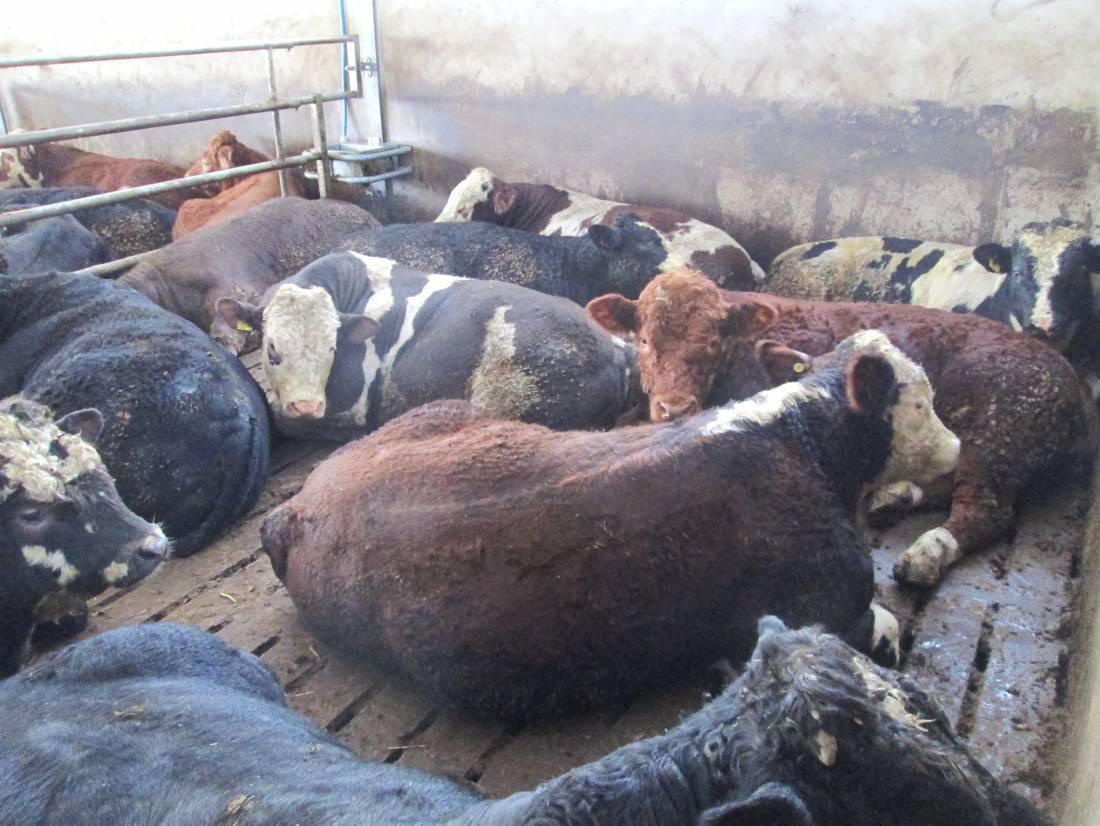

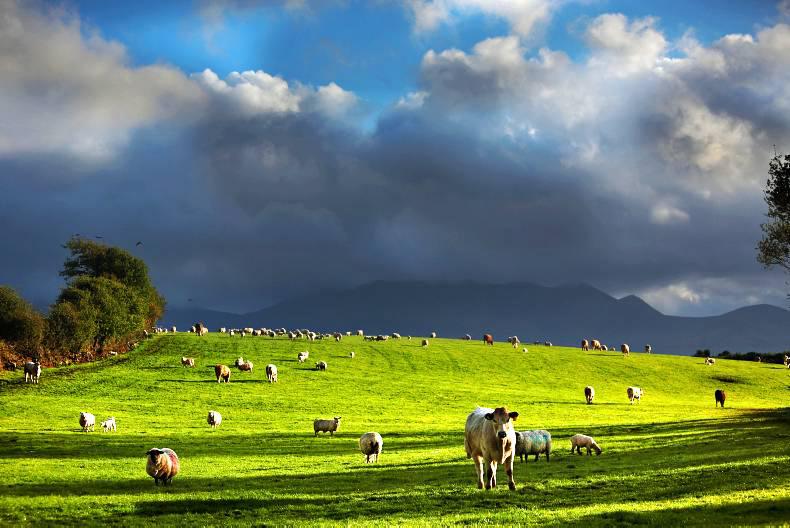
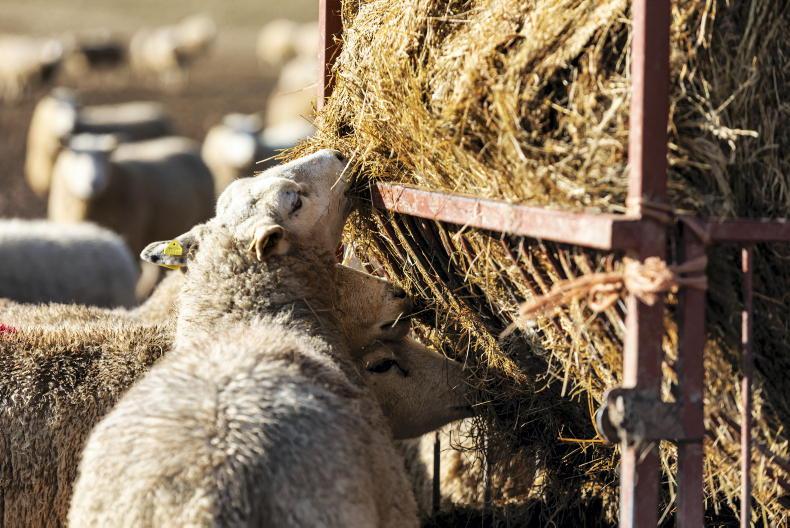

SHARING OPTIONS